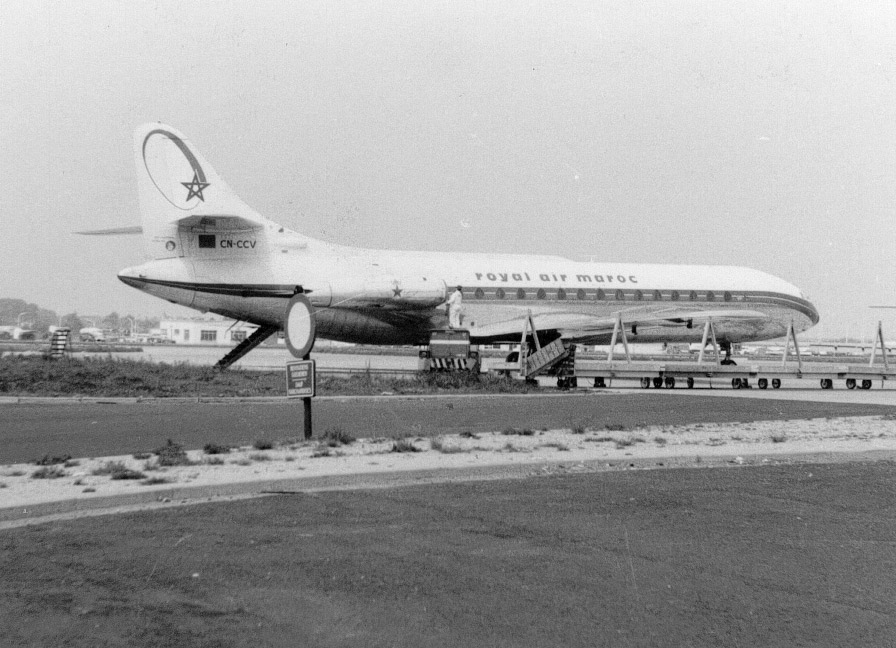Zone
Crash of an Airbus A320-211 in Tunis
Date & Time:
Feb 6, 2013 at 1423 LT
Registration:
TS-IMB
Survivors:
Yes
Schedule:
Casablanca - Tunis
MSN:
119
YOM:
1990
Flight number:
TU712
Crew on board:
8
Crew fatalities:
Pax on board:
75
Pax fatalities:
Other fatalities:
Total fatalities:
0
Circumstances:
Following an uneventful flight from Casablanca-Mohamed V Airport, the crew started the approach to Tunis-Carthage International Airport Runway 19 and encountered marginal weather conditions. After touchdown, the aircraft rolled for a distance of 1,600 metres then deviated to the right. The aircraft veered off runway, rolled in a grassy area for 114 metres when the nose gear impacted the concrete perpendicularly runway 11/29. On impact, the nose gear was torn off and the aircraft rolled for another 130 metres before coming to rest. All 83 occupants evacuated safely while the aircraft was damaged beyond repair. At the time of the accident, strong crosswinds and heavy rain falls passed over the airport.
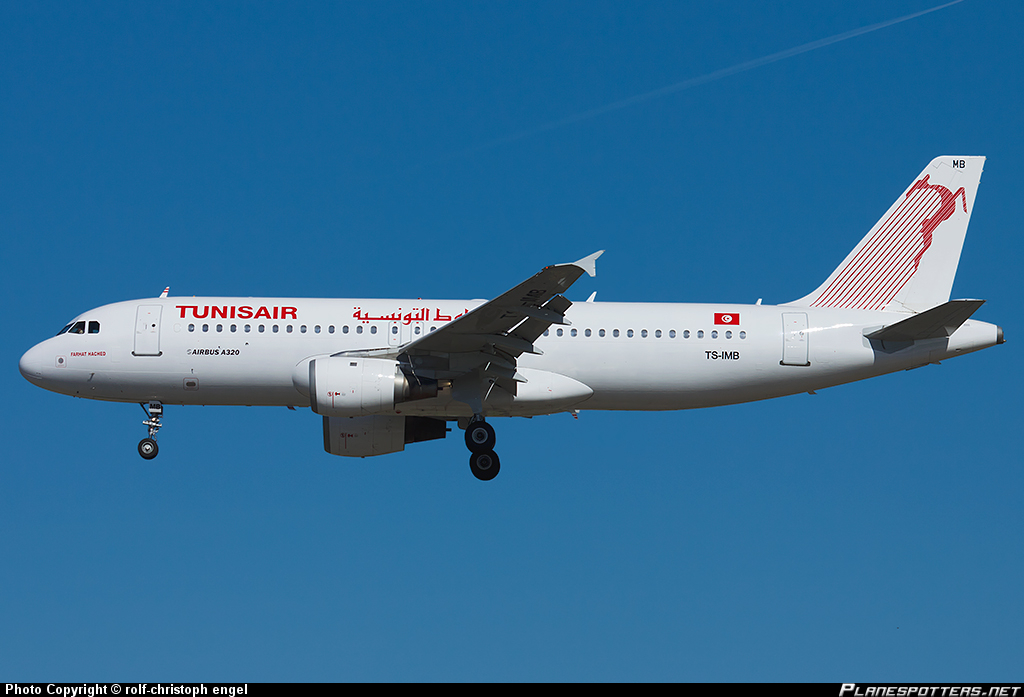
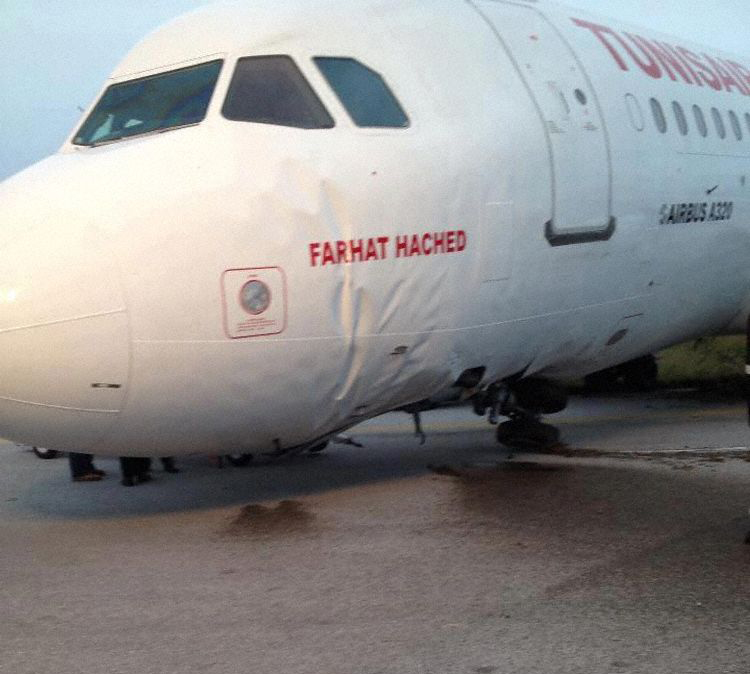
Crash of an ATR42-312 in Ameskroud: 44 killed
Date & Time:
Aug 21, 1994 at 1850 LT
Registration:
CN-CDT
Survivors:
No
Schedule:
Agadir - Casablanca
MSN:
127
YOM:
1989
Flight number:
AT630
Crew on board:
4
Crew fatalities:
Pax on board:
40
Pax fatalities:
Other fatalities:
Total fatalities:
44
Circumstances:
Ten minutes after takeoff from Agadir-Al Massira Airport, while climbing to the altitude of 16,000 feet, the aircraft nosed down and entered a rapid descent until it collided with mountainous terrain near Ameskroud, in the Atlas Mountain Range, about 24 km northeast of Agadir Airport. The aircraft disintegrated on impact and all 44 occupants were killed. Part of the left wing was found about 5 km from the main wreckage.
Probable cause:
It was reported that the captain deliberately disconnected the automatic pilot system and initiated a rapid descent after he decided to commit suicide. This official version was challenged by the Moroccan Pilot's Union.
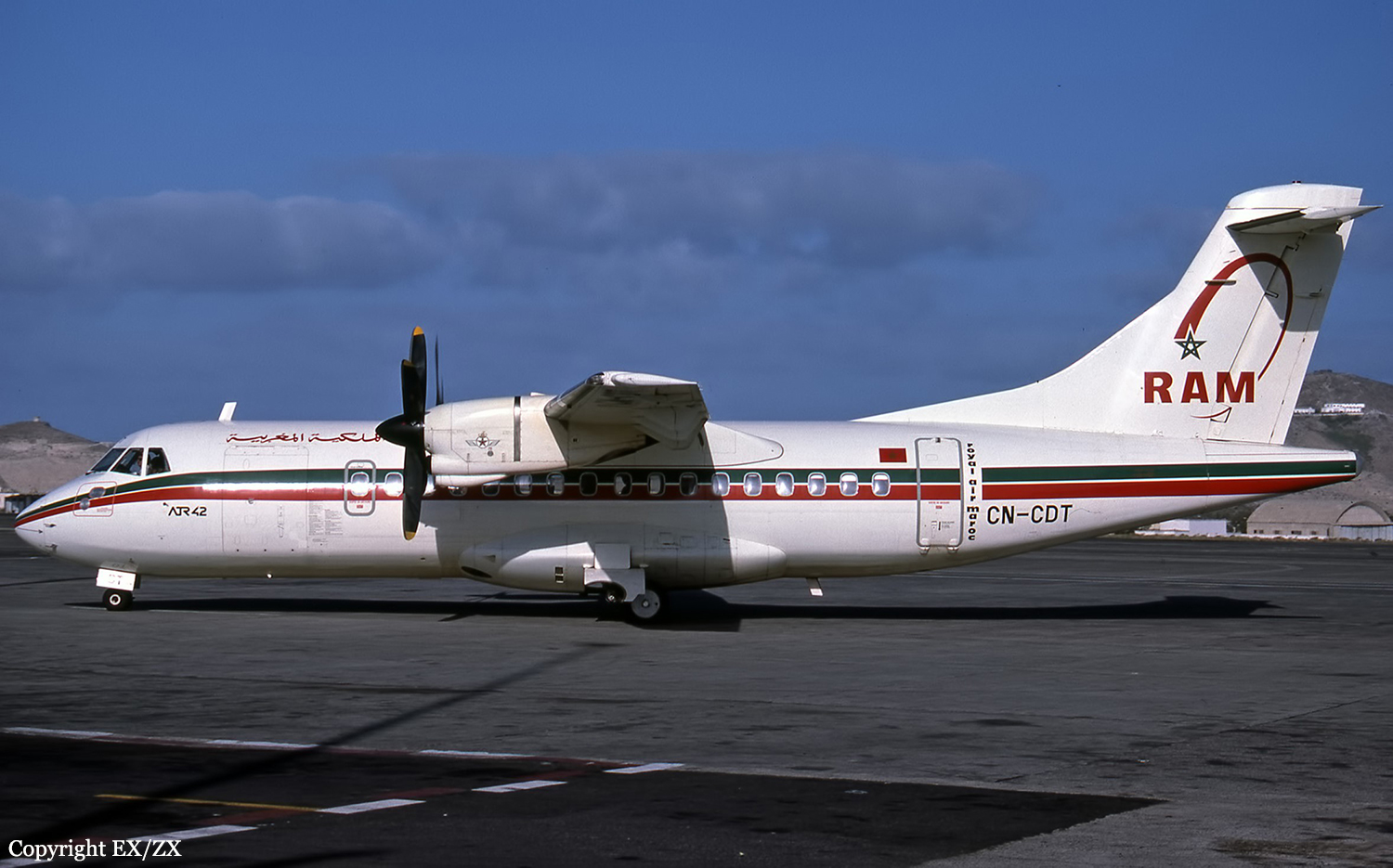
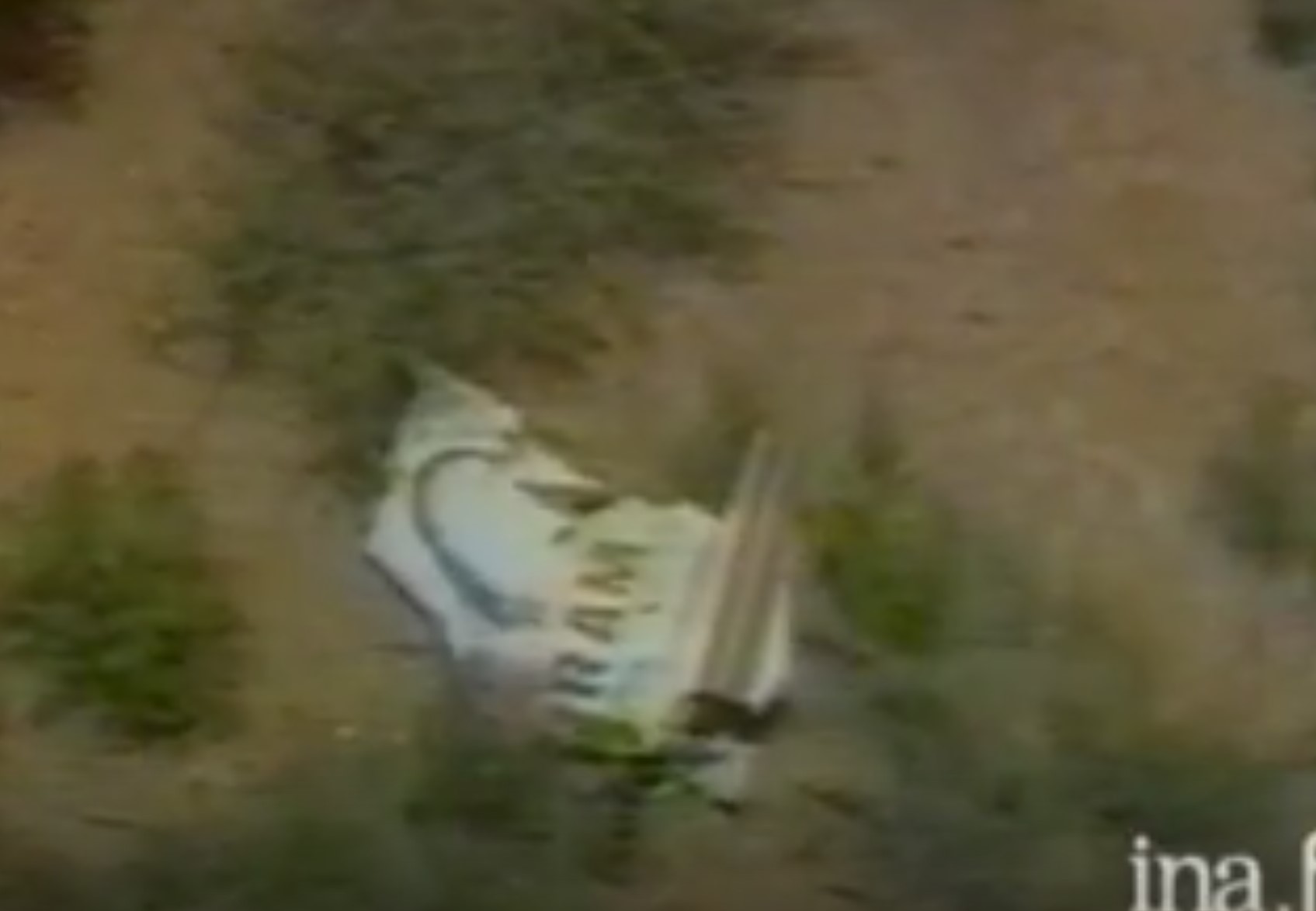
Crash of a Vickers 953F Vanguard off Marseille: 3 killed
Date & Time:
Feb 6, 1989 at 1824 LT
Registration:
F-GEJE
Survivors:
No
Schedule:
Marseille - Casablanca
MSN:
730
YOM:
1960
Flight number:
ICS3132
Crew on board:
3
Crew fatalities:
Pax on board:
0
Pax fatalities:
Other fatalities:
Total fatalities:
3
Circumstances:
At 1808LT, the crew reached the runway 32R holding point and was cleared for takeoff 4 minutes later. During the takeoff roll, the captain noticed control problems and abandoned the takeoff procedure and returned to the apron. The crew proceeded to various checks and few minutes later, it was decided to take off again. Shortly after liftoff, while in initial climb, the aircraft rolled to the left then overturned and crashed in the Gulf of Lion few hundred meters offshore. The aircraft was destroyed and all three crew members were killed.
Probable cause:
The accident resulted from a loss of control of the aircraft during take-off following a failure (or disconnection) in the control chain of an aileron servo-compensator. This failure (disconnection) most likely occurred when using the thrust reversers on the last landing. This failure (disconnection) appears to be the result of an earlier damage probably located in the control chain of the left aileron servo-compensator, struck by a stepladder after the antepenultimate flight; however, the link between the two elements could not be formally established. Before take-off, the crew did detect the anomaly in the roll controls but performed an incorrect analysis and did not perform all the checks required by the flight manual in this case. The power reduction immediately after take-off exacerbated the loss of control of the aircraft by causing it to stall. The fact that this flight is an instruction flight and the relatively modest experience of this crew on aircraft of this technology were aggravating factors.
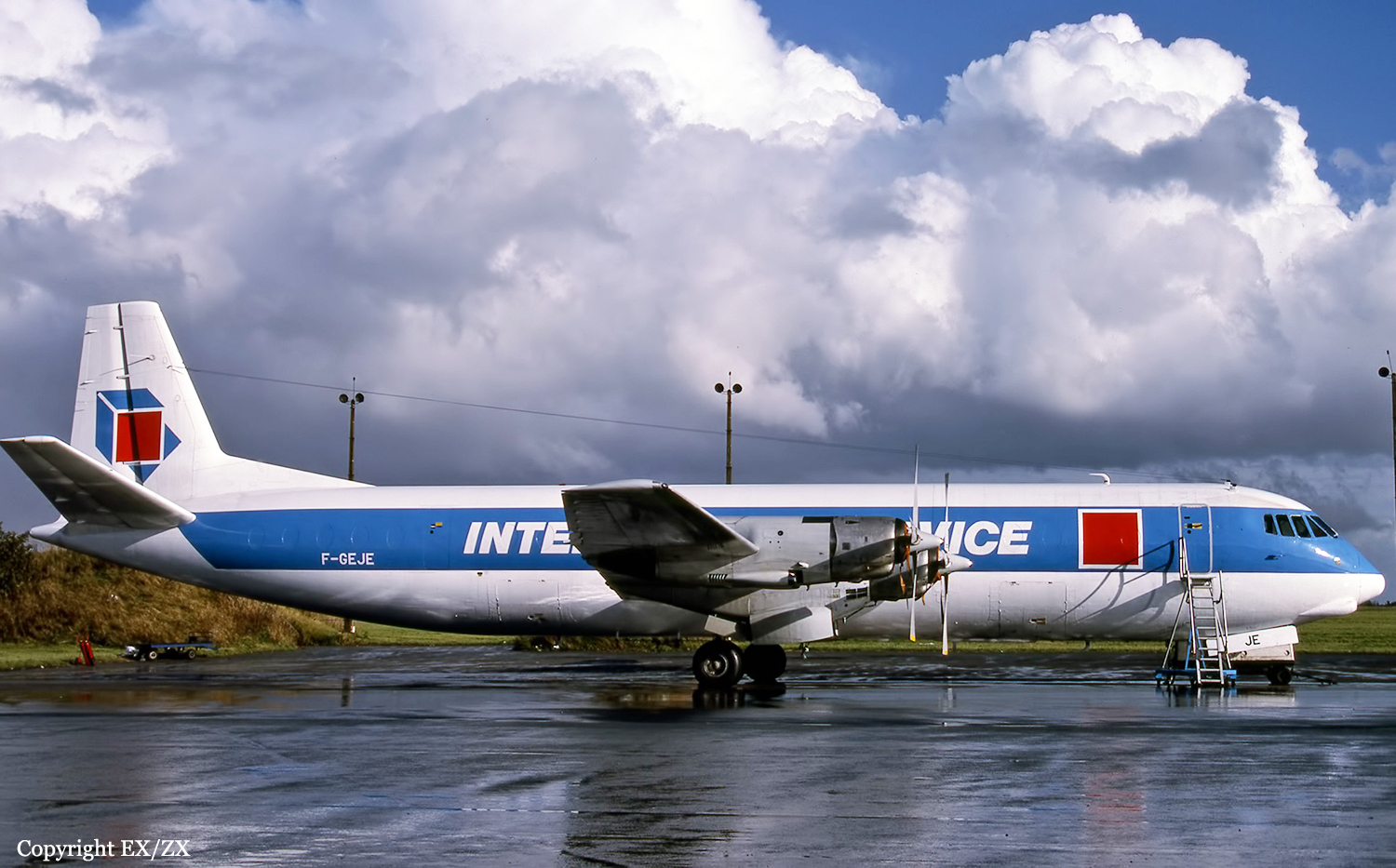
Crash of a BAe 125-600B in Casablanca: 10 killed
Date & Time:
Dec 15, 1986
Registration:
5N-AWS
Survivors:
No
MSN:
256042
YOM:
1975
Crew on board:
2
Crew fatalities:
Pax on board:
6
Pax fatalities:
Other fatalities:
Total fatalities:
10
Circumstances:
On approach to Casablanca-Nouasseur Airport, the crew failed to realize his altitude was insufficient when the aircraft crashed into houses located 2 km short of runway. All eight occupants were killed as well as two people on the ground.
Crash of a Beechcraft 200 Super King Air in Casablanca: 4 killed
Date & Time:
Nov 3, 1986
Registration:
CN-CDE
Survivors:
No
Schedule:
Casablanca - Casablanca
MSN:
BB-567
YOM:
1979
Crew on board:
4
Crew fatalities:
Pax on board:
0
Pax fatalities:
Other fatalities:
Total fatalities:
4
Circumstances:
The crew (two instructors and two student pilots) were engaged in a local training flight at Casablanca-Nouasseur Airport. The accident occurred in unknown circumstances, killing all four occupants.
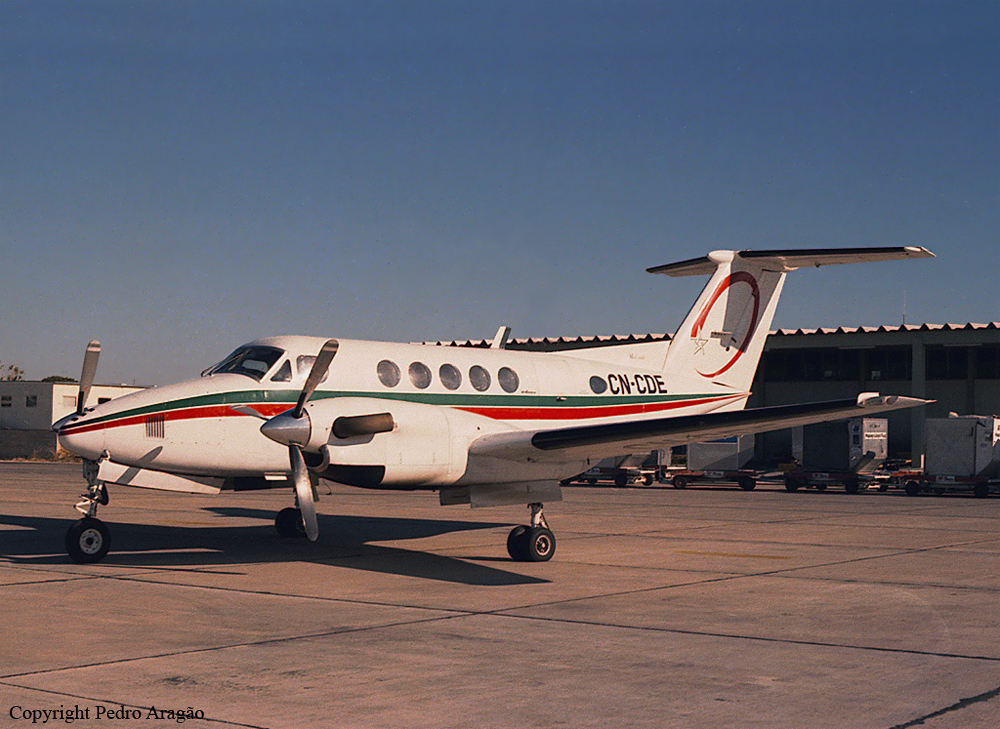
Crash of a Sud-Aviation SE-210 Caravelle III in Casablanca: 61 killed
Date & Time:
Apr 1, 1970 at 0945 LT
Registration:
CN-CCV
Survivors:
Yes
Schedule:
Agadir - Casablanca - Paris
MSN:
32
YOM:
1960
Crew on board:
6
Crew fatalities:
Pax on board:
76
Pax fatalities:
Other fatalities:
Total fatalities:
61
Circumstances:
The airplane was completing a flight from Agadir to Paris with an intermediate stop in Casablanca. On final approach, the crew encountered unclear technical problems when the airplane lost height and crashed 2 km short of runway 35 threshold. The aircraft was destroyed and 61 occupants were killed while 21 other were injured.
Probable cause:
It is believed that the final approach was continued below the glide as a result of various problems. During the descent, the fire alarm connected to the right engine came on in the cockpit and the flight engineer immediately switched all the power of the hydraulic pumps on the engine that the captain was shutting down, which blocked the transfer actions until the power supply on the left engine would be reactivated. At impact, controls started to function again but it was too late for the pilot-in-command to expect recovery.
